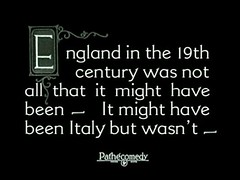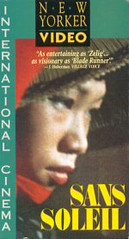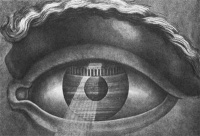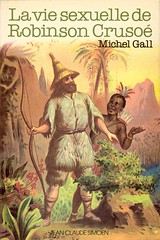Egon Schiele Excess & Punishment
[Youtube=http://www.youtube.com/watch?v=CmOFvKmivxU&]
From the film “Egon Schiele Exzess und Bestrafung” (1981) starring Mathieu Carrière, Jane Birkin and Christine Kaufmann with an original score by Brian Eno. A cult item if there ever was one. Dedicated to Rafaela for her appreciation of sensualism and Esotika for his appreciation of European cinema.
For those of you with prurient interests (wink, wink), scrub to 3:00 and various subsequent points in time you will have to find for yourself.
Eno’s score is mesmerizing and blissful.
From my wiki:
Egon Schiele Exzess und Bestrafung, also known as Excess and Punishment(English) and Egon Schiele, enfer et passion (French) is a 1980 film based on the life of the Austrian artist Egon Schiele. It stars Mathieu Carriere as Schiele with Jane Birkin as his artist muse Wally and Christine Kaufmann as his wife Edith and Christina Van Eyck as her sister. The film is essentially a depiction of obsession and its constituents of sex, alcohol and uncontrolled emotions. Set in Austria during the Great War Schiele is depicted as the agent of social change leading to destruction of those he loves and ultimately of himself.
The film is an international co-production with actors of German, French, Dutch and English origin. It was directed by Herbert Vesely and produced by Dieter Geissler and Robert Hess. The cinematography is by Rudolf Blahacek and the haunting music is by Brian Eno. The English language version of the film is entitled Egon Schiele Excess & Punishment.









